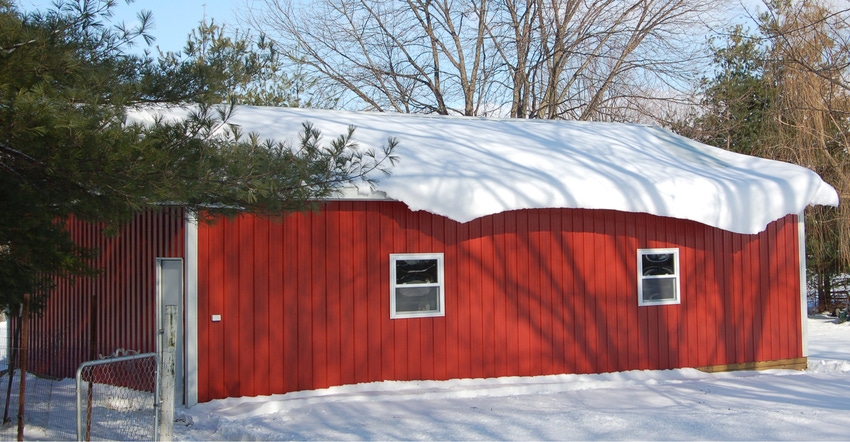
Pull out every weasel word you know and put it in a sentence — some, maybe, almost, nearly. Use that sentence to describe the 2018-19 winter weather forecast in Indiana. It might be mild, or it might be cold. The only way a weather forecaster may avoid embarrassment this year is to pile on those weasel words.
Hans Schmitz knows that sometimes the best you can do is say you don’t know, even if that’s not what people want to hear. “We can lay out factors that will likely influence winter weather and outline possible scenarios,” he says. “But we can’t be very confident about what forecast we might come up with this year.”
Mother Nature just isn’t showing her cards, Schmitz explains. He’s the Extension director in Posey County, Ind., one of few Extension educators with meteorological training. Purdue University hopes to fill the vacant state climatologist position soon. Until then, Schmitz answers questions people have related to weather.
Offsetting factors
Two natural weather-forcing functions that typically shape winter were showing conflicting trends in late fall. The El Niño-La Niña cycle is moving toward an El Niño, or warm cycle, phase. That means sea surface waters in the tropical Pacific Ocean are warming.
“That typically gives Indiana a mild winter,” Schmitz says. “Most El Niño winters start off warmer than normal in December, January and February.”
The problem is that this El Niño is weak, he notes. Relative strength makes a difference in how much it impacts Indiana weather patterns.
On the other side is the Arctic Oscillation, a wind pattern usually located around 55 degrees latitude. Climatologists rate its cycles using a positive and negative index, Schmitz explains. It’s been positive for the past six to seven months. If it goes negative, it will likely push Indiana toward a colder winter, and could offset the normal effects of El Niño, especially if it remains weak.
How cold will it go?
What are the odds the Arctic Oscillation index will go negative sometime this winter? It’s only stayed positive more than eight months in a row once or twice going back a long time, Schmitz says. In other words, odds favor it going negative soon.
The Arctic Oscillation was primarily responsible for giving Indiana its last cold winter a couple of years back, the Extension specialist says. “When TV weather people start talking about the ‘polar vortex,’ they’re usually really talking about the Arctic Oscillation,” he adds.
Boil it down, or in this case, chill it out, and what do you have? On Nov. 1, the Climate Prediction Center was looking at a 40% chance for drier-than-normal weather for January through March, Schmitz reports. That would tend to indicate they’re expecting some impact from an El Niño event.
If the Arctic Oscillation index goes negative, winter usually turns out about average for moisture but colder than normal. If you want to hang your hat on something that looks halfway solid, that might be the place to start, he concludes.
About the Author(s)
You May Also Like




